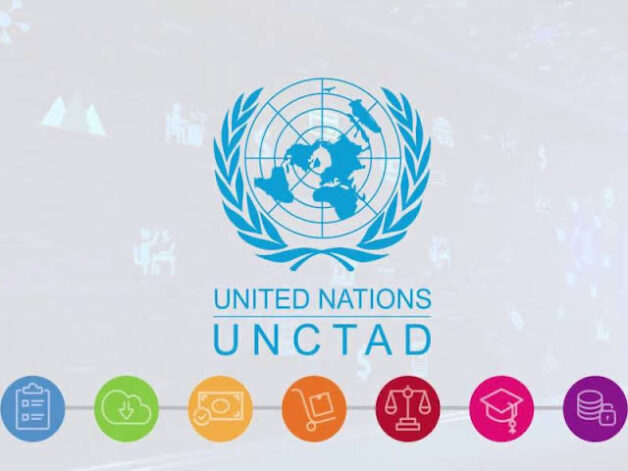UNCTAD forecasts a 7% to 9% year-on-year drop in the value of global trade for 2020, despite signs of a rebound in the third quarter.
In its quarterly Global Trade Update, the UN trade and development body estimates world trade to be about 5% less in Q3 2020 than during the same period in 2019 – an improvement from the 19% year-on-year decline recorded in Q2 2020 but still insufficient to pull trade out of the red.
Preliminary forecasts put year-on-year growth for Q4 2020 at 3% less. But this figure is still uncertain due to concerns about how the COVID-19 pandemic will evolve and affect economic activity in the coming months.
The report highlights China’s notable trade recovery. The country’s exports, after falling in the early months of the pandemic, stabilized in Q2 2020 and rebounded strongly in Q3, with year-over-year growth rates of almost 10%. Contrary to other major economies, Chinese imports stabilized in July and August and grew by 13% in September.
Other key trade trends include the following:
- Exports from developing countries have fared better than those of developed nations. Year-on-year growth of developing economies’ exports improved from -18% in Q2 to -6% in July, while those from developed nations increased from -22% to -14%.
- No region was spared from the fall in international trade in the second quarter of 2020, but the sharpest decline was for the West and South Asia regions, where imports dropped by 35% and exports by 41%. As of July, the fall in trade remains significant in most regions except for East Asia.
- The value of international trade in the energy and automotive sectors remains substantially below its levels of 2019. On the other hand, increases in demand for home office equipment and personal protective gear has resulted in strong growth rates for trade in the sectors of communication equipment, office machineries, and textiles and apparel.
COVID-19 medical supplies
The report gives special attention to COVID-19 medical supplies (personal protective equipment, disinfectants, diagnostic kits, oxygen respirators and other related hospital equipment). Key findings include the following:
- Trade in COVID-19 medical supplies has grown by an average of more than 50% since April 2020, but the increase in such trade has primarily benefited residents of wealthier nations.
- Since the outset of the pandemic, each resident of high-income countries has benefited on average from an additional $10 per month of imports of COVID-19 related products, compared with just $1 for people living in middle-income countries and a mere $0.10 for those in low-income countries.
- Overall, per capita imports of medical goods essential to mitigate the pandemic have been about 100 times higher for high-income countries than for low income nations.
UNCTAD highlights that the difference in access to a potential COVID-19 vaccine for residents in wealthy and poor countries could be even more drastic than for medical supplies. While some low-income countries have the capacity to locally manufacture some protective equipment, this may not be the case for vaccines, which require stronger manufacturing and logistics capacities.
The Global Trade Update is issued quarterly by UNCTAD and presents trends and short-term forecasts for world trade
Source: b&ftonline.com





